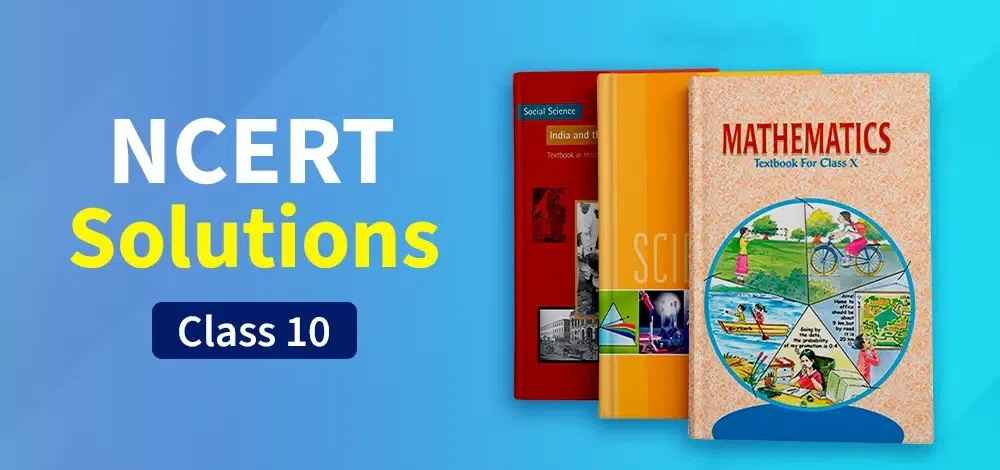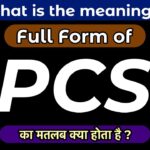NCERT Solutions for Class 10 Maths – Free PDFs & Clear Explanations
Looking for complete, easy-to-follow NCERT Solutions for Class 10 Maths? You’re in the right place! Access chapter-wise downloadable PDFs, step-by-step answers, and conceptual clarity tailored for CBSE students. Whether you’re revising for exams or strengthening your foundation, our solutions help you prepare with confidence.
Tap any chapter to explore full solutions and download your free PDF:
- Chapter 1: Real Numbers
- Chapter 2: Polynomials
- Chapter 3: Pair of Linear Equations in Two Variables
- Chapter 4: Quadratic Equations
- Chapter 5: Arithmetic Progressions
- Chapter 6: Triangles
- Chapter 7: Coordinate Geometry
- Chapter 8: Introduction to Trigonometry
- Chapter 9: Applications of Trigonometry
- Chapter 10: Circles
- Chapter 11: Constructions
- Chapter 12: Areas Related to Circles
- Chapter 13: Surface Areas and Volumes
- Chapter 14: Statistics
- Chapter 15: Probability
📥 Pro Tip: Click your desired chapter and download the PDF to study offline at your own pace.
📚 Chapter-Wise NCERT Solutions – NCERT Solutions for class 10 maths
🧠 Key Formulas & Concepts Covered
Quick reference for essential topics:
- Euclid’s Division Lemma, LCM & HCF
- Zeroes of polynomials, relationships with coefficients
- Solving linear & quadratic equations
- Arithmetic progression sum & nth term
- Trigonometric identities & values
- Coordinate geometry formulas
- Probability rules & statistical graphs
✅ Why Use These NCERT Solutions?
- 🔍 Step-by-step clarity: Solve each exercise with precision
- 📥 Free PDF downloads: Study anytime, anywhere
- 🎯 CBSE-aligned content: Strictly based on the latest syllabus
- ✍️ Concept-focused: Build understanding, not just answers
- 🧮 Helpful tricks & tips: Simplify complex questions
❓ Frequently Asked Questions (FAQs)
1. Are these NCERT solutions sufficient for exam prep?
Yes! All solutions are aligned with the CBSE syllabus and help reinforce textbook concepts.
2. Are the chapter-wise PDFs free?
Absolutely. You can view and download all Class 10 Maths NCERT chapter PDFs at no cost.
3. Should I study only from NCERT solutions?
NCERT is the foundation. But you can enhance your prep with reference books, mock tests, and practice papers.
4. Can I download solutions for offline use?
Yes. Each chapter includes a downloadable PDF for offline revision.
✏️ Study Tips for Class 10 Maths
- Begin your prep with NCERT chapters — don’t skip examples
- Practice every question in the exercise, not just important ones
- Revise formulas weekly using a cheat sheet
- Use a timer during practice to simulate exam conditions
- Solve past year CBSE papers for better speed & accuracy
🔗 Related Study Resources
- NCERT Solutions for Class 10 Science
- CBSE Sample Papers for Class 10
- Important Questions for Class 10 Maths
- NCERT Solutions for Class 9 Maths
🚀 Start Learning Now!
With our NCERT Solutions for Class 10 Maths, you’re just one step away from mastering every concept and scoring high in your board exams. Download your chapter PDFs, study smart, and stay ahead!
Understanding the IIT Fees Structure
The IIT Fees Structure is an important aspect for students aspiring to study at the prestigious Indian Institutes of Technology (IITs). The fee structure typically includes tuition fees, hostel charges, and other miscellaneous expenses such as library and examination fees. For undergraduate programs, the IIT fees range from ₹1 to ₹2 lakhs per semester for general category students, with scholarships and financial aid available for economically weaker sections. Additionally, certain categories like SC/ST and PWD candidates may benefit from fee exemptions. The IIT fees structure ensures that quality education remains accessible to students across different economic backgrounds.
Analytical Paragraph Class 10
In today’s digital age, the role of social media in shaping public opinion is both profound and pervasive. Social media platforms like Facebook, Twitter, and Instagram have become significant channels for communication and information dissemination. They offer users a space to share their views, engage in discussions, and influence others. One of the primary ways social media shapes public opinion is through the rapid spread of information, which can be both beneficial and detrimental. On the positive side, it facilitates the dissemination of important news and diverse perspectives, fostering a more informed public. For instance, during global movements like #BlackLivesMatter, social media played a crucial role in raising awareness and mobilizing support.





